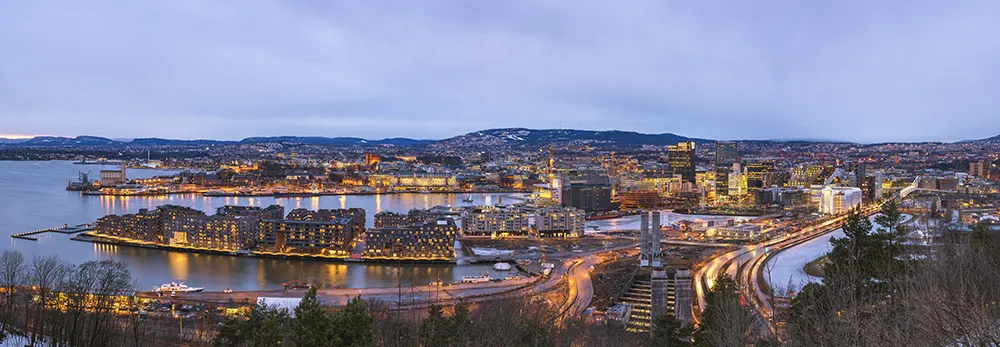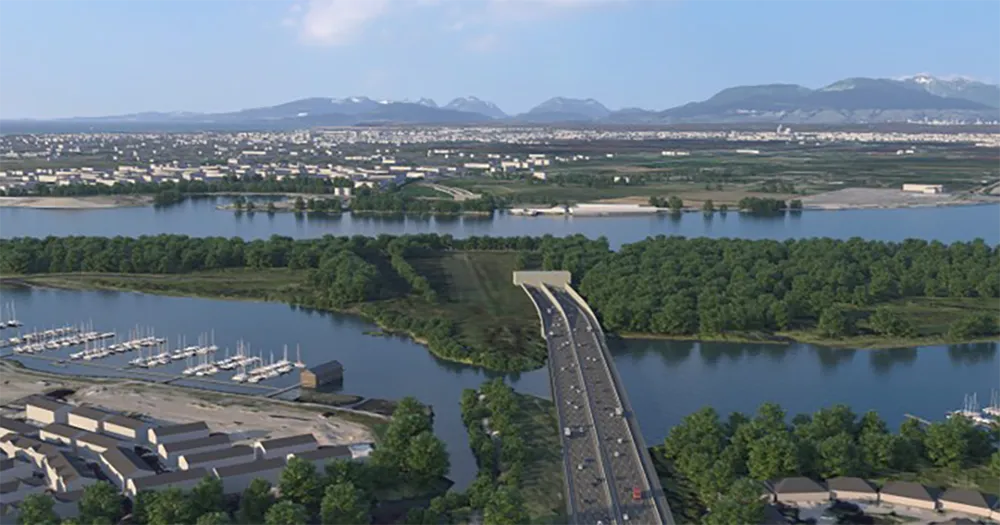The Danish consultant Cowi is working on a study for Norway’s Rogfast Tunnel, which will be the world's longest and deepest tunnel. The 25km tunnel is planned to open to traffic in 2021. It will cost some €1.08 billion to construct. Cowi has landed contracts for preliminary studies but is also keen to take on a portion of detailed planning.
June 26, 2012
Read time: 1 min
The Danish consultant 2349 COWI is working on a study for Norway’s Rogfast Tunnel, which will be the world's longest and deepest tunnel. The 25km tunnel is planned to open to traffic in 2021. It will cost some €1.08 billion to construct. Cowi has landed contracts for preliminary studies but is also keen to take on a portion of detailed planning.








